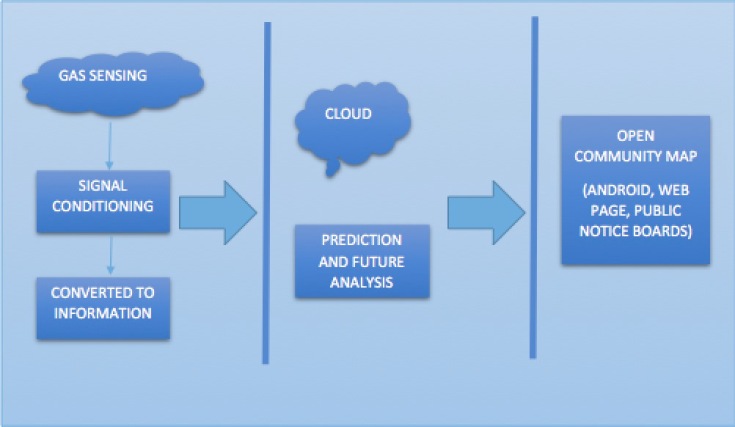Few decades before, size of our Indian economy was $37.68bn in today’s price. In 2013, it was about $1.88tn. The trend of economic growth has been robust. Industrial and technological development was certainly a roadmap for this growth. For the past 20 years, the usages of transportation have increased rapidly because of population growth and it continues to grow.
In the meantime, most of us are still unaware of environmental change that has happened around us. Air is becoming more polluted because of industrialization and transportation. In Massachusetts Institute of Technology (MIT), researchers designed a computer model which tracks industrialization, population, food, use of resources, and pollution. Growing population will increase demands for resources and industrial output which, later in due course impact in pollution.

Among world countries, India stands third with an emission of 1.65 Gt per year, after china (6.5 Gt per year). According to Environmental Protection Agency (EPA), India contributed some 5 percent of human sourced carbon dioxide emission. Delhi, considered the world’s most air polluted city has crossed the extreme limit of 300 ppm (parts per million) in last couple of years. Air pollution in India kills 1.5 million people every year and has highest death rate due to respiratory diseases, according to the World Health Organization (WHO). Over the past few years, several measures have been taken to address this drastic change across the world. Each country has their own standard on monitoring pollutant like PM2.5, PM10, SO2, CO, NO, NO2 in a regular basis and India has its own. But critical aspect is that an individual must understand what that AQI really means and how it impact on their health. In a city like Delhi, there are 10 monitoring stations which that can track of above stated parameters. Even if that data is good, it only provides a localized view and not a citywide view. As there have been several advancements in the field of Wireless Sensor Networks and Internet of Things (IoT) why still we need a static monitoring stations. I designed a device, which does the same in a smart way. I am not going to discuss more about its background technical details. Its cost is low, ultimately for Indians, small size so that we can keep inside our pocket and cloud connected device, which continuously monitors the pollutant, which I have stated above. Collected data are converted into usable information in node itself and get posted to cloud. An open community map http://mybbb.esy.es is created which show pollution level as a color map based on collected data’s which down scaled to AQI of India. By placing this in public vehicles, we can create a wider city pollution map as it travels around. But the critical aspect is that everyone should understand making this information.
We should focus on real impact and not just in thresholds. Choosing a greener car can reduce air pollution. We can reduce it by source itself e.g., the methods, which produce minimum pollution, can be implemented in industries. Use of alternative raw material reduces pollution. Modification of older equipment’s and proper maintenance will reduce emission. Government should take necessary action when pollution level increases. When air quality reach hazardous levels in China then industries shut down and government vehicles taken off the roads. Similar methods have been taken as emergency efforts in many countries if pollution strikes peak.
How people get benefitted from this?
Not just by information, but relative study can create impact of how to reduce pollution. Since 2000, government has been implementing Bharat stages of pollution control act for automobiles. Bharat V norms are being implemented among most polluted cities while Bharat IV norms cover the rest. In India, several pollution controls acts like fuel control (less Sulphur content), strict norms for industries to implant catalytic converters, reduction of two stroke vehicles are still being in act. But, if we can get wider view of a city pollution level more actions can be taken. Effective traffic management system based on pollution level, parting industries from residential areas, increasing public transportation by reducing private vehicles, installing outdoor air purifiers are some additional actions that can be taken to reduce pollution.

Sino group in Hong Kong implemented their first prototype of outdoor air purifying station, which resembles like a public bus stop. By doing more predictive analysis with these wider data’s, we can effectively improve our air quality by above-mentioned acts. As MIT computer model’s analysis, population growth will be at peak for the next few decades which results in more industrialization, transportation and resource extraction. So we need to find alternative ways of handling the upcoming situation.
Leave a comment